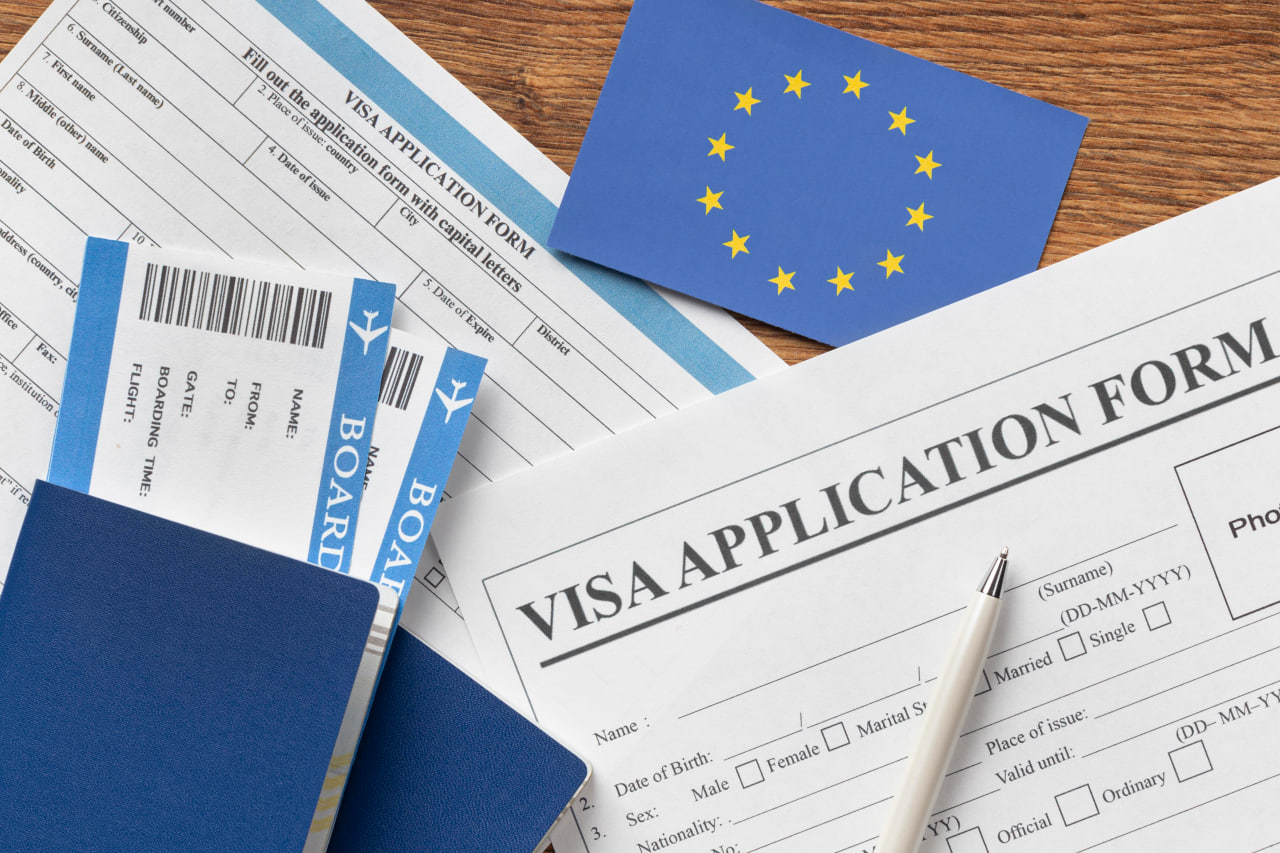ATOR (Association of Tour Operators of Russia) recently published an article claiming that it will no longer be possible to enter Europe with a non-biometric passport in the second half of 2024. This is due to the launch of the automated Entry/Exit System (EES), which only works with chip-embedded passports.
What is the EES?
The EES is a system for tracking the movements of travelers from countries whose citizens come to the EU on a short-term visa or under a visa-free agreement.
The system will record data on foreigners crossing the border, including their name, type of travel document, fingerprints, facial photo, and date and place of entry and exit.
The system will record refusals of entry and automatically detect violators of the visa regime.
What is the purpose of the EES?
The stated purpose of the EES is to improve security and simplify entry for bona fide travelers. The system will automatically calculate the duration of the authorized stay and identify violators.
What does this have to do with Russian passports?
In order for the EES to read and match all the data, your passport must have a chip. This means that only a 10-year biometric passport will be suitable.
What if I already have a visa in my 5-year passport?
You can get a new passport and cross the border by presenting both documents at the checkpoint.
Has the EES been launched yet?
No, and it is not yet known exactly when it will be launched. The system was supposed to start working in November 2023, but last spring the launch was postponed once again, this time only the year was indicated – 2024, without a month.
However, at the end of last year, the media found the date of October 6, 2024 in a statement by Eurotunnel, the company operating the underwater railway tunnel between Great Britain and France. So far, no other dates have been announced.
So, after the launch of the EES, will all control be automatic?
No. Before the usual conversation with the border guard, you will need to go to a special kiosk and independently scan your passport, take a picture and give your fingerprints.
“Automation replaces labor-intensive operations, allowing passport control officers to focus on assessing the person’s situation. This helps to optimize border processes,” the European Commission says.
Can I refuse to give my biometric data?
You can refuse, but then you will be denied entry to Europe.
How will other foreigners who do not need a visa enter the EU?
Another system will work for them – ETIAS (European Travel Information and Authorisation System). It is needed to track the movements of travelers from countries whose citizens do not need a visa to enter the Schengen area.
This is an online document that will be linked to the passport. When applying for it, the databases of local and international authorities will be checked for criminal records. The obtained ETIAS will be valid for three years and will allow you to stay in the Schengen area for up to 90 days in any 180-day period.
Will ETIAS be introduced together with the EES?
No. ETIAS is planned to be launched about six months after the EES. The EU last postponed the launch of ETIAS until May 2025.




